Will Guan Di Gong be sharpening his blade during COVID-19? Temples’ celebrations as Singapore enters ‘Phase 2’
contributed by Ke Hong Lim, 17 July 2020
It is widely known by readers of the classical novel Romance of the Three Kingdoms (《三国演义》) that Guan Yu (关羽) possessed a piece of weapon, literally named the “Green Dragon Crescent Blade” (青龙偃月刀), which he used to eliminate enemies during warfare. When translated into the context of Chinese popular cults and beliefs related to Guan Yu, or “God of War” Guan Di Gong (关帝公), the said sacred weapon is also known as Guan Dao (关刀) - which devotees commonly associate with the surname of the deity - and is seen hand-carried by the deity himself, or by his faithful assistant – Zhou Cang (周仓).
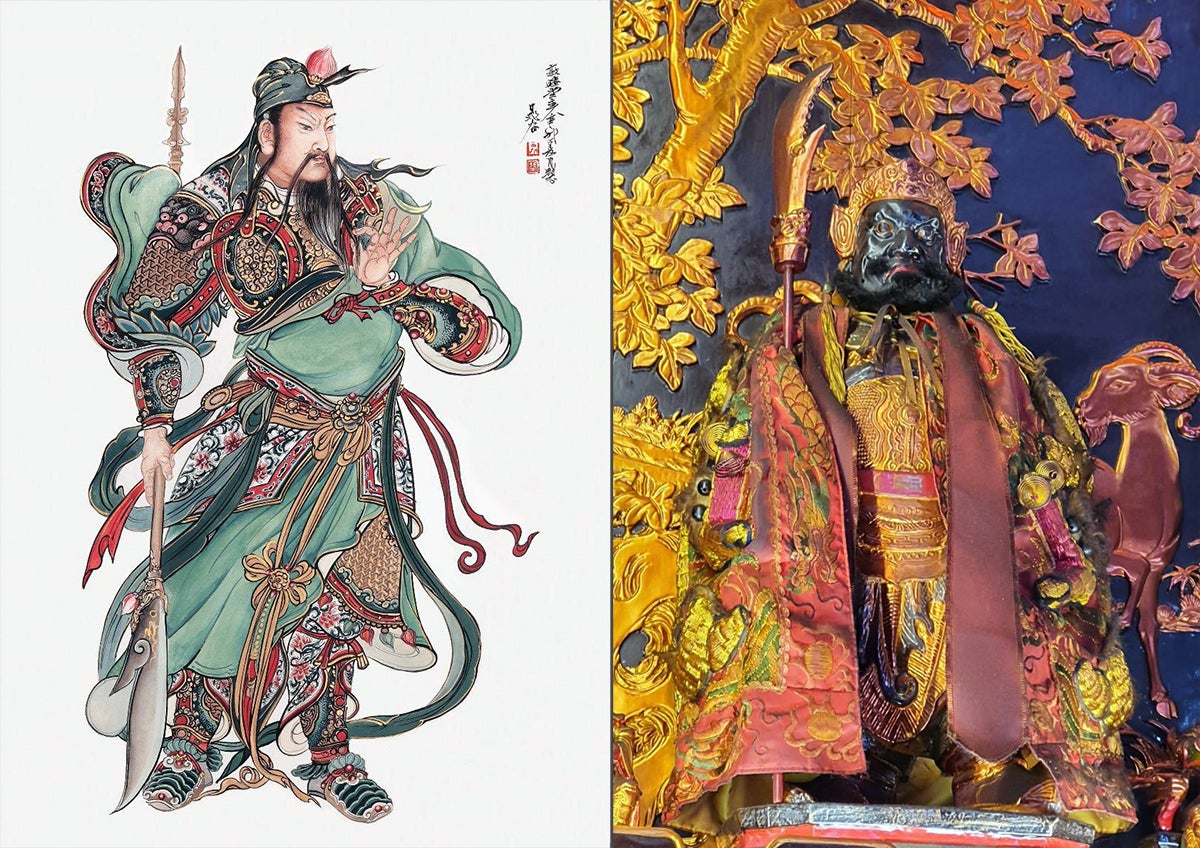
Figure 1: Portrait of Guan Yu / Guan Di Gong with his weapon – Guan Dao. (Source: https://m.91ddcc.com/t/48608)
Figure 2: Zhou Cang holding on to the Guan Dao, statue in Chu Siang Tong Temple (聚善堂关帝庙). Picture taken by author
Religiously, Guan Dao is regarded as a powerful weapon with the ability to destroy evil spirits. Some in Taiwan even believed that it would hurt couples’ relationships by “cutting off” the ties. So ultimately, it is important that one sharpens his tool for living - for Guan Di Gong, this happens on a yearly basis, falling on the 13th day of the 5th Month in the Chinese Lunar calendar (农历五月十三日), when the deity is believed to be in the process of sharpening his blade (关公磨刀日).

Figure 3: Sharpening of the blade by religious personnel during the Guan Gong Festival (关公磨刀节) in China, 2018. (Source: https://kknews.cc/zh-sg/culture/avovpyg.html)
Every year, many temples which worship Guan Di Gong would also regard this as an auspicious day and host large-scale celebrations. However, due to the recent COVID-19 outbreak, will Guan Di Gong still be able to sharpen his weapon? Will the celebrations still continue as we embrace the ‘new normalcy’? To find an answer, I visited 3 major temples in Yishun / Nee Soon, Singapore, which are famous for worshipping Guan Di Gong in order to observe whether any form of celebration or prayer was taking place. As we enter Phase 2 of Singapore’s reopening after the Circuit Breaker in response to COVID-19, what could devotees and/or temple committees do to ensure that they maintain strong ties with the deity, which have been established long ago way before the virus came about?
During the Circuit Breaker, temples were closed, and from newspaper advertisements it is clear that many have decided to do away with the celebrations, like the annual dinner cum bidding event. Sadly, popular deities like Ma Zu (妈祖), Bao Sheng Da Di (保生大帝), Xuan Tian Shang Di (玄天上帝), Zhong Tan Yuan Shuai (中坛元帅) and Shan Cai Tong Zi (善才童子), whom have their “birthdays” (神诞千秋) during the 3rd and 4th Lunar Months, also need to adhere to strict regulations. Instead of the lively sounds of Chinese operas and chanting of religious personnel, deities were required to spend their “birthdays” very quietly. But as Singapore gradually eases lockdown in Phase 2, the resumption of temple activities amidst close supervision and new guidelines now meant that the Festival of Guan Di Gong could be celebrated just in time in relatively more fortunate circumstances.
Chu Siang Tong Temple’s mini celebration
On the 3rd of July, 2020, which is the 13th day of the 5th Month in Chinese Lunar calendar, I visited Chu Siang Tong Temple (聚善堂关帝庙) at around 2.30pm. Currently located at 569, Yishun Ring Road, the temple’s history could be traced back to the 1950s, where it was first established in then Bah Soon Pah (华顺芭) area. The surrounding was peaceful with a couple of devotees offering their prayers individually to Guan Di Gong. Visitors would first need to have their temperature and details taken at the registration counter before being able to enter into the main altar hall. According to the temple’s Facebook page and committee member Mr Ang, due to the current situation, the celebration has to be a simple one, without the presence of the Daoist master and the traditional Wayang Opera. Earlier in the morning, the committee members had already offered simple prayers to the deity and chose the master of the incense burner (头家炉主) for Year 2021 celebration, as well as made offerings to the celestial army (犒军).
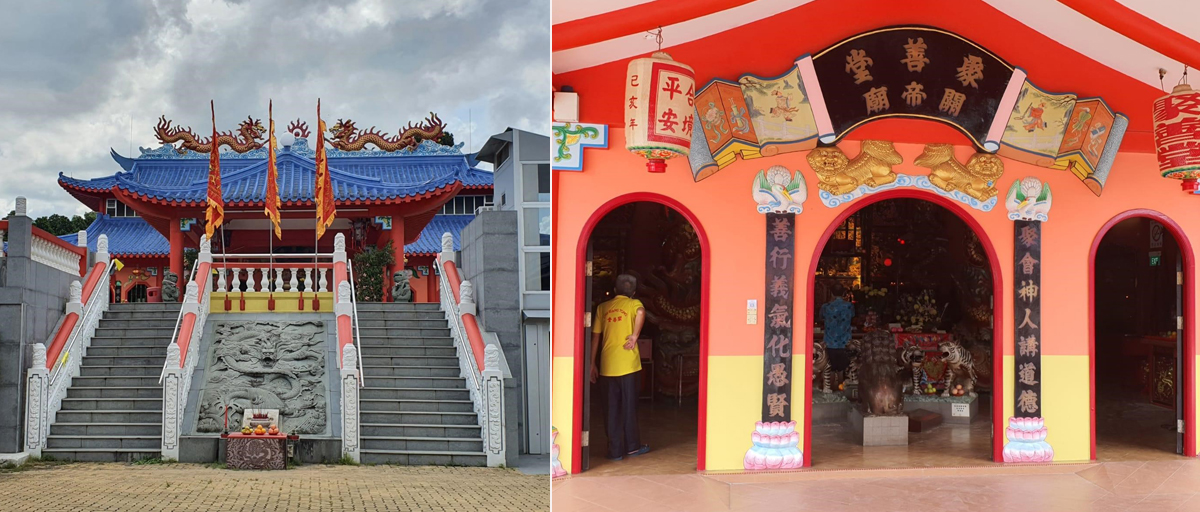
Figure 4: Chu Siang Tong Temple. Picture taken by author
Figure 5: Entrance to the main altar hall. Picture taken by author
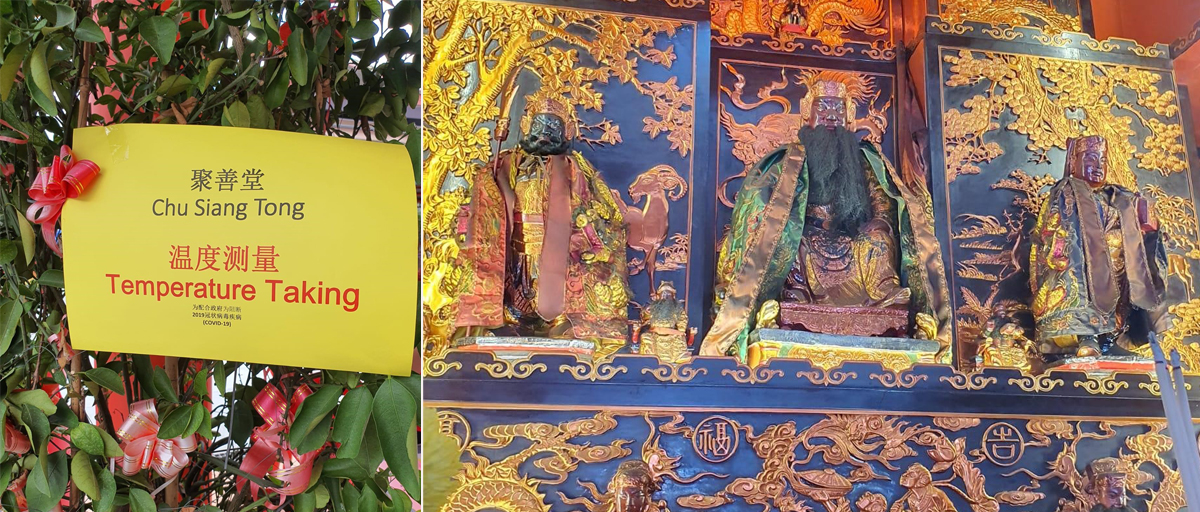
Figure 6: Temperature taking notice at the registration counter. Picture taken by author
Figure 7: Chu Siang Tong Temple Guan Di Gong (middle). Picture taken by author
Even without the Daoist master, devotees continue to seek blessings from Guan Di Gong. Holding on to the joss sticks, they silently communicated to the deity and some offered donations by lighting the temple lamps (添油). The altar was filled with joss papers, flower bouquets and food offerings like the longevity peach made from flour (寿桃).

Figure 8: The altar table filled with offerings by devotees. Picture taken by author
Figure 9: Even as the celebration has been a simple one, devotees continue to believe in and offer prayers to the deity, as we can see from these offerings of lighted candles. Picture taken by author
According to Mr Ang, every year, the celebration would be of grand scale, attracting hundreds of devotees, but for this year, the number has been greatly reduced, as Singapore continues to counter the Covid-19 outbreak.
Chern Nam Kong Siew Temple
I proceeded to Chern Nam Kong Siew Temple (镇南庙广寿堂), situated at Yishun Ave 9. Every year during this period, the temple would also celebrate the Festival of Guan Di Gong, whom which the devotees there addressed as Shan Xi Fu Zi (山西夫子). Before merging with Kong Siew Tern Temple (广寿堂), Chern Nam Beo (镇南庙) has already been dedicated to Guan Di Gong since its founding in the early 1910s .
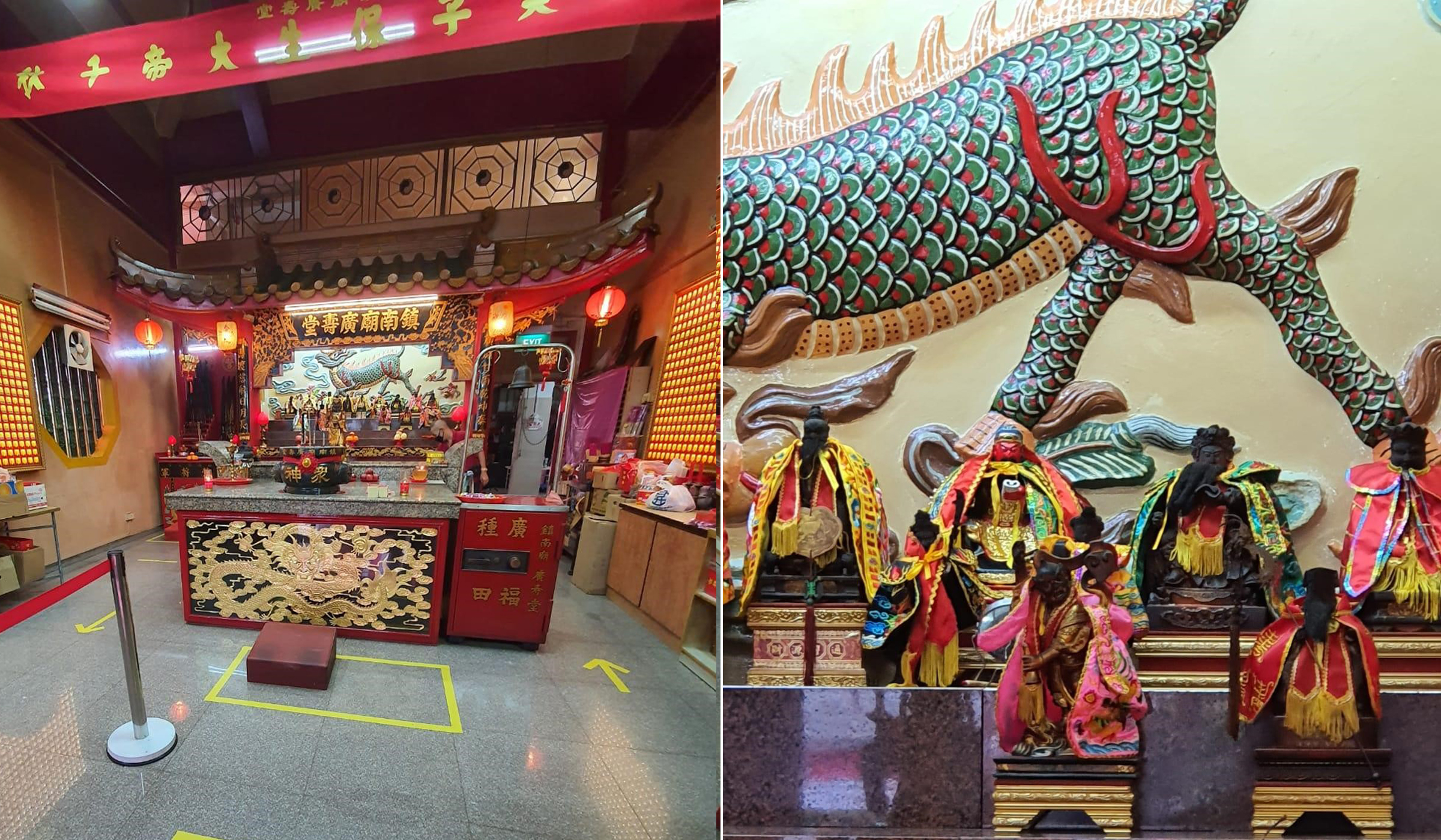
Figure 10: Like other temples, Chern Nam Kong Siew Temple is observing the social distancing measures. Picture taken by author
Figure 11: Chern Nam Beo Guan Di Gong (the face in red). Picture taken by author
The temple hall adhered to the social distancing policy, with yellow tapes on the floor, guiding devotees. According to temple helpers, the committee members have already offered simple worship to Guan Di Gong the day before, and similar to other temples, they have decided not to engage a Daoist master and the Wayang Opera for this year’s celebration.
Guan Loong Sheng Temple
Standing beside Chern Nam Kong Siew Temple is Guan Loong Sheng Temple (元龙圣庙), and one of its main deities is Guan Di Gong as well. The difference is that the celebration of Guan Di Gong festival for this temple is usually held on the 22nd to 26th days of the 6th Month of the Chinese Lunar calendar (农历六月廿二至廿六日). As some believed, 24th day of the 6th Month in Chinese Lunar calendar is considered to be the actual “birthday” of Guan Di Gong, since 13th day of the 5th Month in Chinese Lunar calendar is regarded as the day Guan Di Gong sharpens his blade as well as the “birthday” of his son – Guan Ping (关平).

Figure 12: Guan Loong Sheng Temple altar hall. Picture taken by author
Figure 13: Guan Loong Sheng Temple’s Guan Di Gong, with Guan Ping and Zhou Cang (holding on to the Guan Dao) by his side. Picture taken by author
According to the temple helper Mr Lau, he used to assist in the sharpening of the blade of the Guan Dao used by a spirit medium during trancing on the 13th day of the 5th Month in the Chinese Lunar calendar. However for this year, he has decided not to proceed with this tradition, due to the Covid-19 outbreak, suggesting that under these circumstances everything should be kept simple.
Conclusion: The bonds between deity and devotees
Even as celebrations are kept simpler this year, devotees continue to remember the Festival of Guan Di Gong and offer worship to the deity in whatever possible manner, keeping safe-distancing and personal hygiene in mind when praying. Even with the absence of Daoist masters and large-scale rituals, devotees continue to maintain the ties and bonds with the deity at a personal level. Reminding us of what Robert Hymes noted about the personal model of interaction between devotees and deities, as well as what P. Steven Sangren mentioned about the continual re-defining of cults and cultural beliefs in modern-day Chinese society, the Festival of Guan Di Gong in Singapore during the Covid-19 pandemic proves that interactions and efficacy continue to be actively at play in the relationship between deities and devotees.
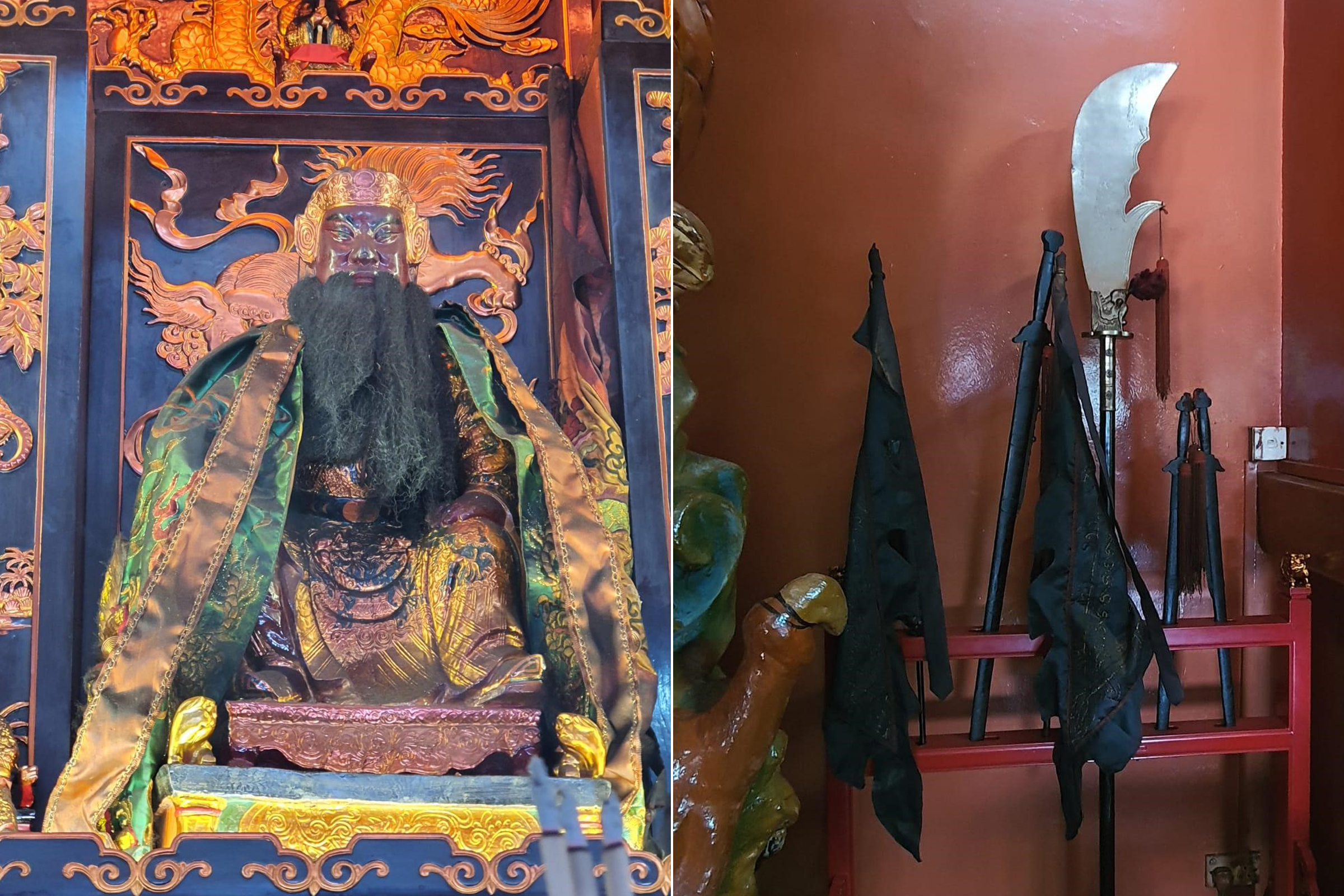
Figure 14: Chu Siang Tong Temple’s Guan Di Gong. Picture taken by author
Figure 15: Chu Siang Tong Temple’s Guan Dao. Picture taken by author
Thus, Guan Di Gong continues without fail with the sharpening of his blade, be it “actually” or “virtually”, in the hearts and minds of every devotee.
Acknowledgment:
The author would like to thank the temple committee members and helpers of Chu Siang Tong Temple, Chern Nam Kong Siew Temple and Guan Loong Sheng Temple for allowing the taking of photographs and verbal exchanges.
Ke Hong Lim holds a Master of Arts degree from Nanyang Technological University, School of Humanities. His MA thesis focuses on the religious Cults of Zhu, Xing & Li Royal Lords (朱、邢、李三王府大人信仰) in Singapore. His research interests revolve around Singapore Chinese Popular Religion and Hokkien Daoist rituals. He is currently teaching Chinese in a local secondary school.
Disclaimer: The views and opinions expressed in this article are those of the authors and do not necessarily reflect the position of the blog editorial team or the Asia Research Institute.
South Asia | Southeast Asia | East Asia | Other Places | Hinduism | Buddhism | Islam | Christianity | Other Religions

